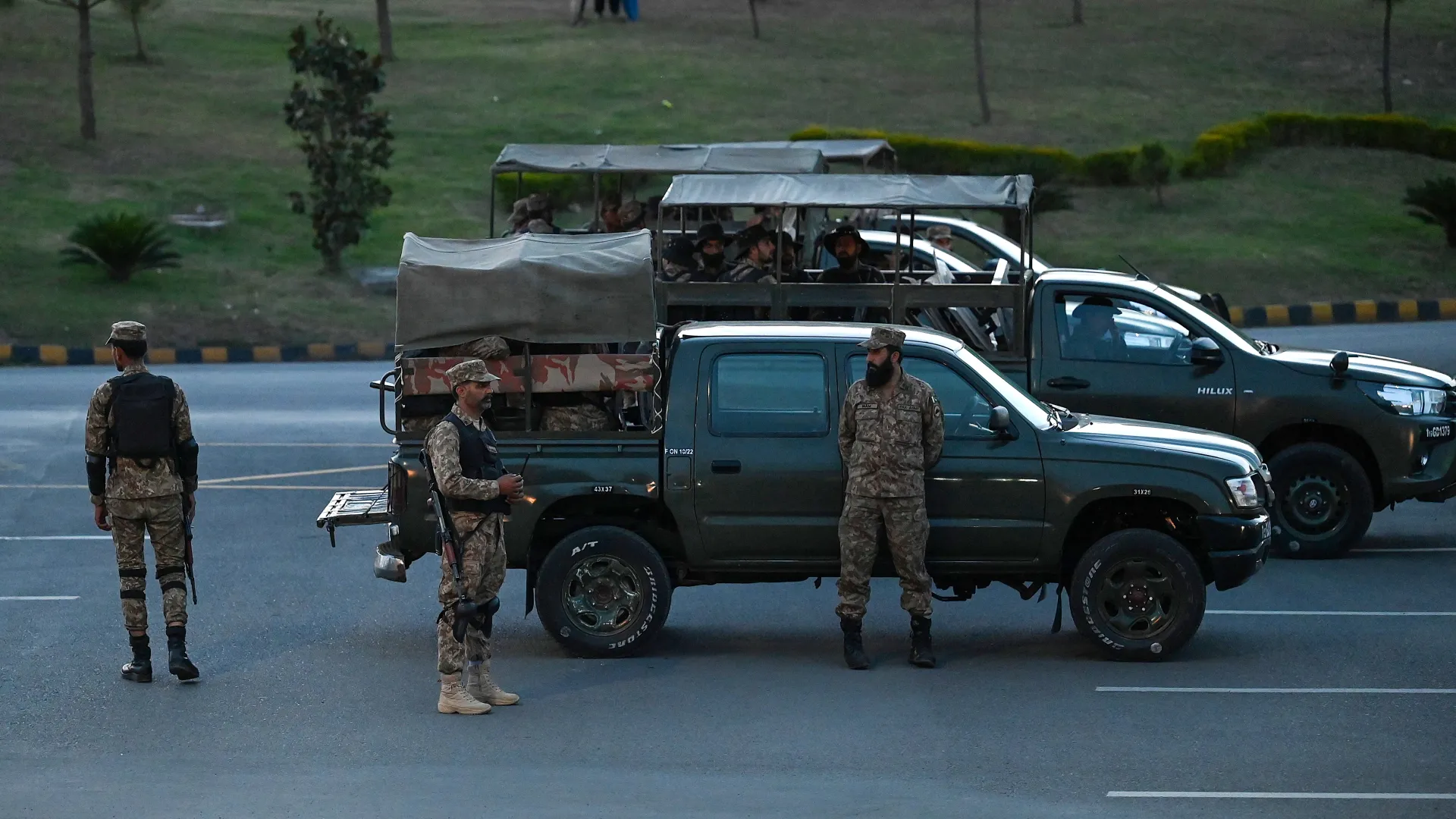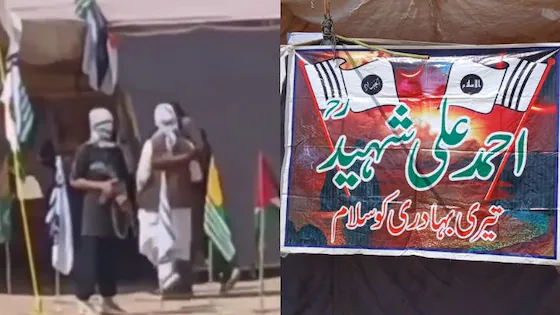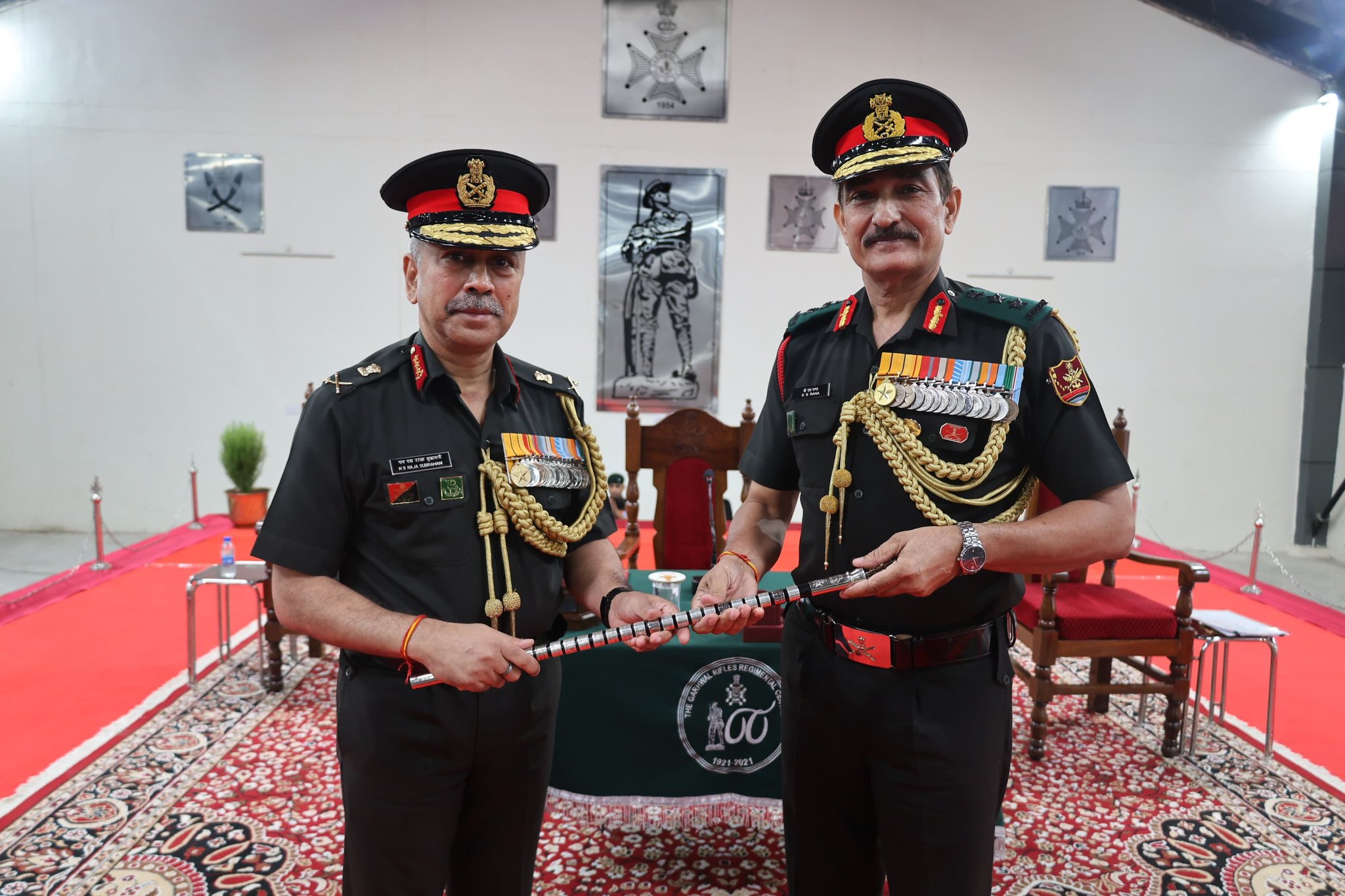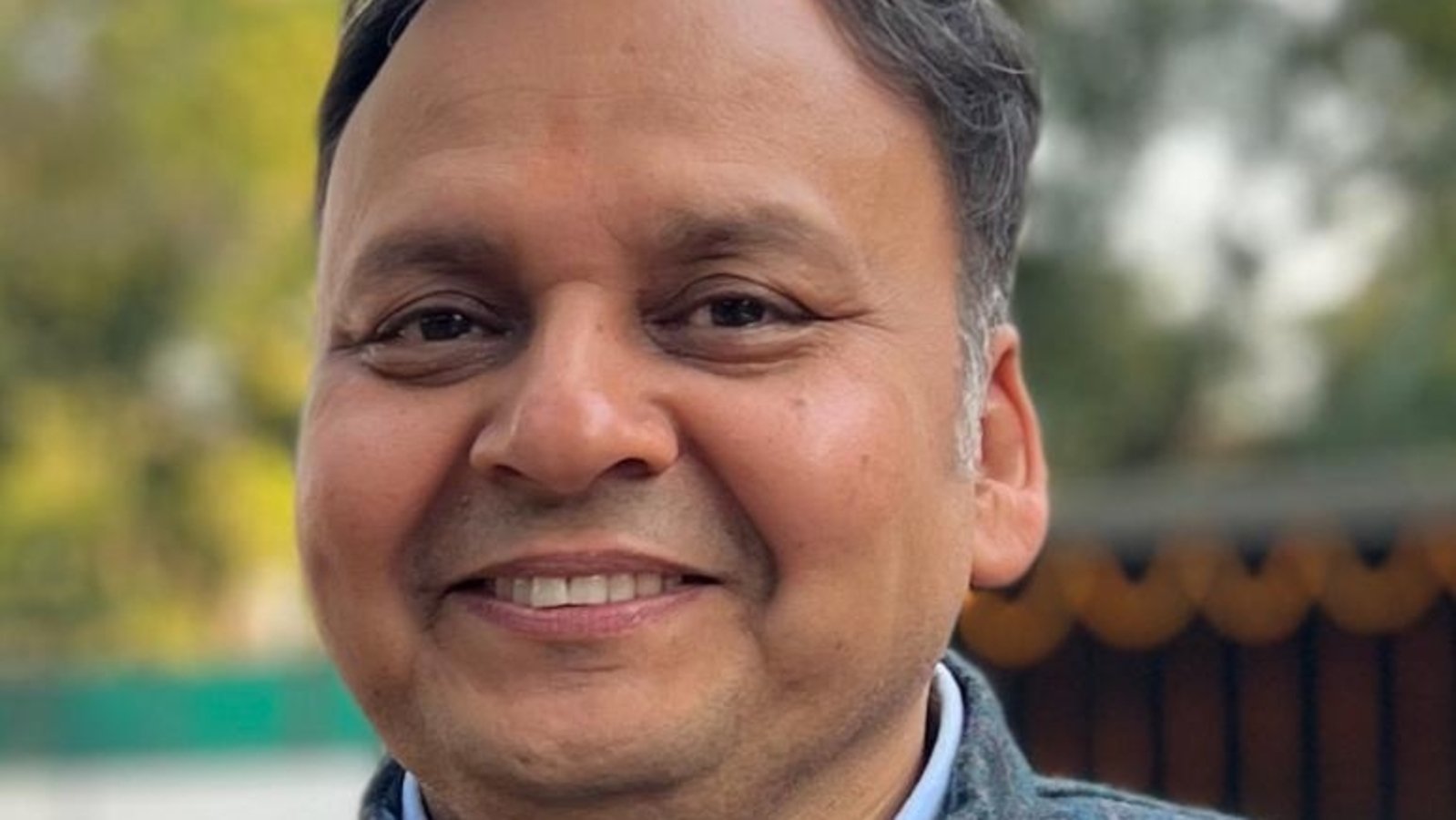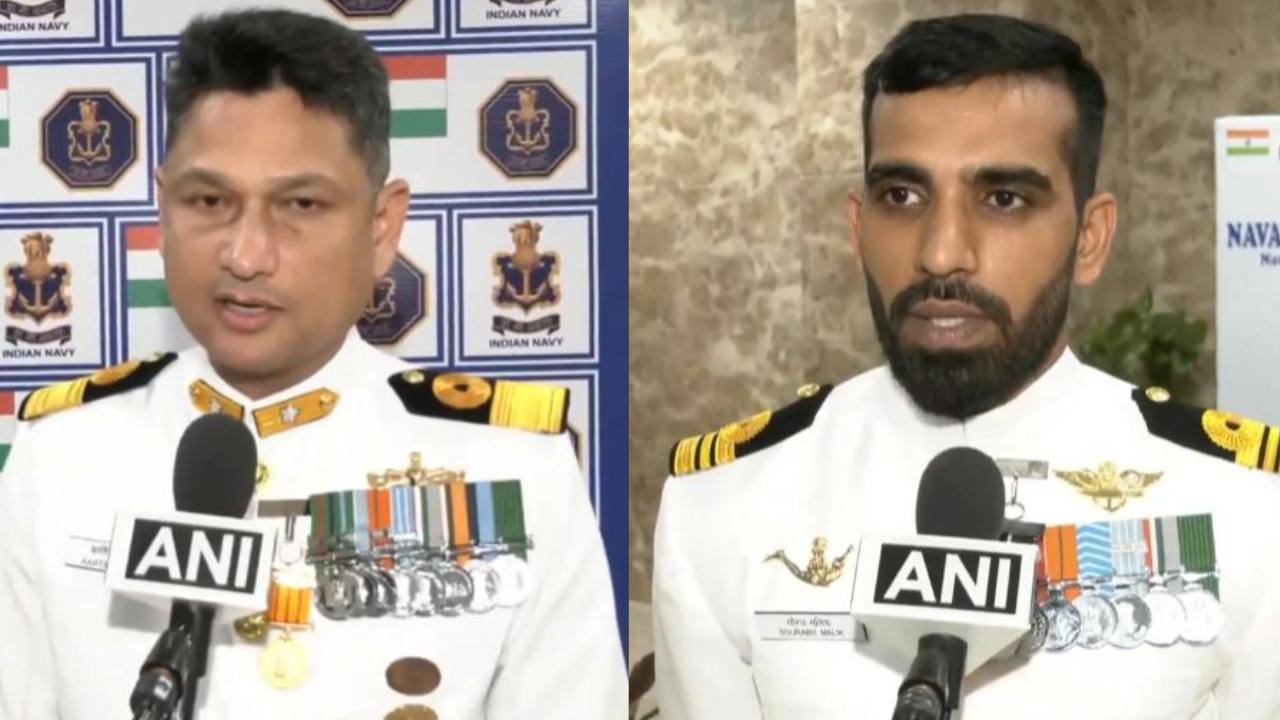Pakistan Taliban Claims Responsibility for Suicide Attack That Killed 16 Soldiers in North Waziristan
In one of the deadliest attacks on Pakistani security forces this year, at least 16 soldiers were killed and more…
Meet Lt Cdr Harshul Bhat: The MARCOS Commander Who Led a Daring Rescue Against Somali Pirates
Lieutenant Commander Harshul Bhat, a brave officer from the Indian Navy’s elite Marine Commandos (MARCOS), has been awarded the Nau…
Pakistan Rebuilding Terror Launchpads and Camps Destroyed in Operation Sindoor: Intelligence Sources
Pakistan is actively working to rebuild and upgrade terrorist launchpads and training camps destroyed by the Indian Army during Operation…
Lt Gen D S Rana Takes Over as 23rd Colonel of the Garhwal Rifles Regiment
In a ceremony rich with military tradition, Lieutenant General D S Rana, PVSM, AVSM, YSM, SM, PhD, officially assumed the…
Parag Jain Appointed New R&AW Secretary, To Take Charge on June 30
The Government of India has appointed Parag Jain, a 1989-batch Indian Police Service (IPS) officer from the Punjab cadre, as…
Indian Navy Honours Heroes of the Sea at Naval Investiture Ceremony 2025
The Indian Navy held its prestigious Naval Investiture Ceremony at Nausena Bhawan, where 51 naval personnel were honoured for their…

